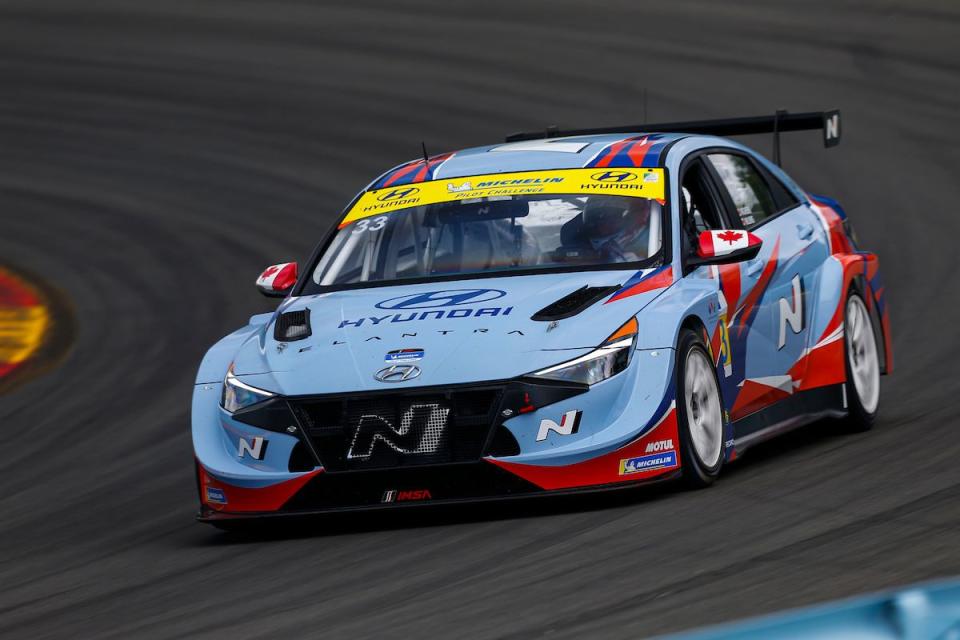How Paralyzed Racer Robert Wickens Deals with New Speed Limits in Comeback

Using special hand controls, Wickens has been able to return to racing in the IMSA Michelin Pilot Challenge this year.
Former IndyCar racer Sam Schmidt and motorcyle drag racer Wayne Rainey was also back in racing machines this past weekend at Goodwood.
After finishing third as a co-driver with fellow Canadian Mark Wilkins in his first race since his injury in the season-opening event at Daytona back in January, Wickens returned to victory lane for the first time since 2017.
This past weekend was a milestone for several former drivers who had their racing careers cut short due to devastating crashes that dramatically changed their lives.
Yet despite injuries that left them all paralyzed, they’ve never lost their need for speed—and they all showed this past weekend how accessible driving technology and other driving-assist elements not only helped them get back in the game, but also give hope for other racers who have suffered life-changing injuries.

At the annual Goodwood Festival of Speed in England, Arrow McLaren SP IndyCar team co-owner Sam Schmidt completed the signature hill climb in a special McLaren 720S Spider that was modified by primary team sponsor Arrow Electronics.
Schmidt, who previously drove a specially-prepared Corvette at Goodwood in 2014, used new technology that allowed him to control acceleration and braking through a straw-like “sip and puff” device, while also utilizing head movements and his breathing to steer the car, according to Engadget.com.
Schmidt was left a quadriplegic in 2000 when he crashed during a practice session at the former Walt Disney World Speedway near Orlando, Florida.
Also at Goodwood, three-time world champion motorcycle racer Wayne Rainey, who was paralyzed from the chest down after crashing in a race in 1993, climbed aboard the same bike he won his last title in 1992. The bike had been on display at the Yamaha Museum in Japan for the past three decades.
But special modifications, including adding bicycle-like training wheels to keep the bike upright, as well as relocating controls for the shifter as well as the rear brake to the handlebars, allowed Rainey to ride the bike once again using only his hands.

It was an emotional time for Rainey, who was joined by former chief rival Kenny Roberts—now one of Rainey’s closest friends—as well as Rainey’s son Rex, who helped his father get on and off the bike. Rex Rainey was just 10 months old when his father was injured.
As Rainey said, “I guess dreams do come true.”
And then there was Robert Wickens, who was paralyzed in an IndyCar race at Pocono Raceway in 2018.
Using special hand controls, Wickens has been able to return to racing in the IMSA Michelin Pilot Challenge this year. After finishing third as a co-driver with fellow Canadian Mark Wilkins in his first race since his injury in the season-opening event at Daytona back in January, Wickens returned to victory lane for the first time since 2017 this past weekend at Watkins Glen International.
“It was a great weekend for disability awareness,” Wickens said of his achievement as well as those of Schmidt and Rainey on a Tuesday IMSA teleconference.
Even though his return to IndyCar racing is unlikely—unless technology can be developed to allow him to do so under IndyCar rules—Wickens remains part of the Arrow McLaren SP team that Schmidt co-owns as an ambassador of sorts.


 Yahoo Autos
Yahoo Autos 